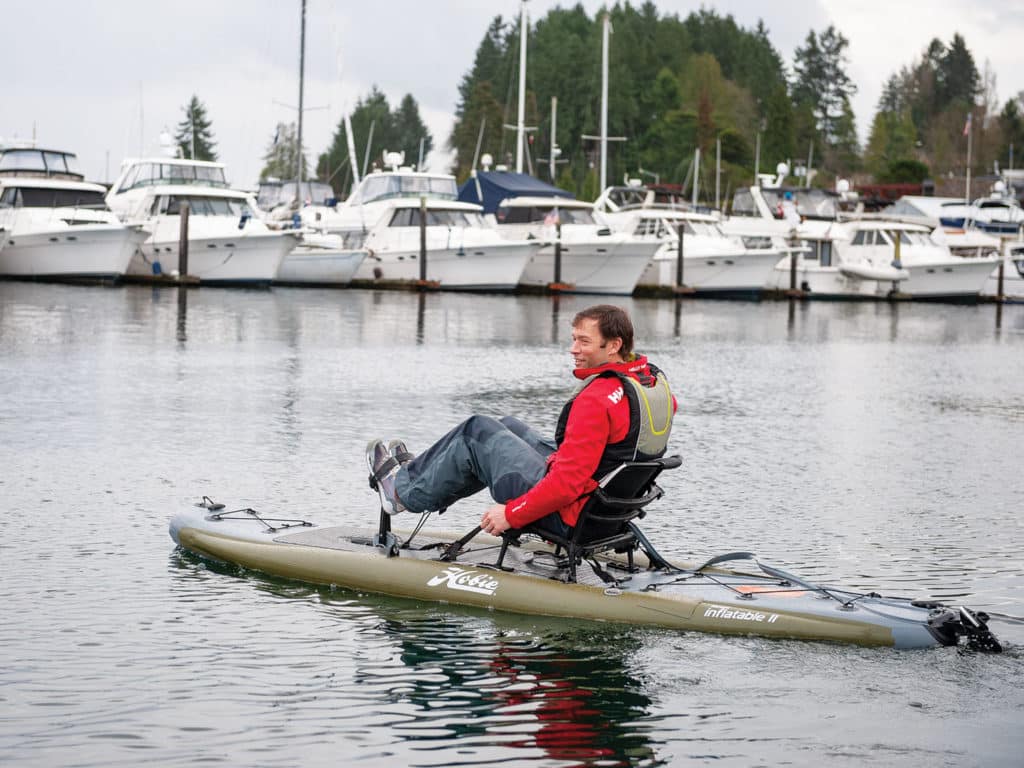
Anyone cruising with kids, teens or worse yet, Type-A crew, will appreciate the wide selection of cruising-friendly water toys that will keep all aboard entertained when the sails are flaked and the hook is set. With a full summer of sailing ahead, here’s a look at a few ways to enjoy any anchorage. They range from inflatable, foldable, pedal-driven or roto-molded kayaks and travel-friendly kiteboards to motorized stand-up paddleboards and underwater drones. Our criteria for consideration? They have to be fun!
Take a Spin
Unlike most of the other manufacturers mentioned here, ePropulsion makes engines, not boats. The company was founded by three engineers with a shared vision of helping to protect the environment by replacing internal-combustion engines with electric ones. Today the company builds drives for vessels as small as stand-up paddleboards and as large as modest-size keelboats.
ePropulsion’s Vaquita, as its playful name suggests, was specifically designed to be quickly and easily fit onto a canoe, kayak or SUP using ratchet straps and interlocking adaptors that secure the system’s in-water drive unit (complete with an integral propeller guard) and its abovedecks 342-watt-hour lithium-ion battery pack to your ride du jour.
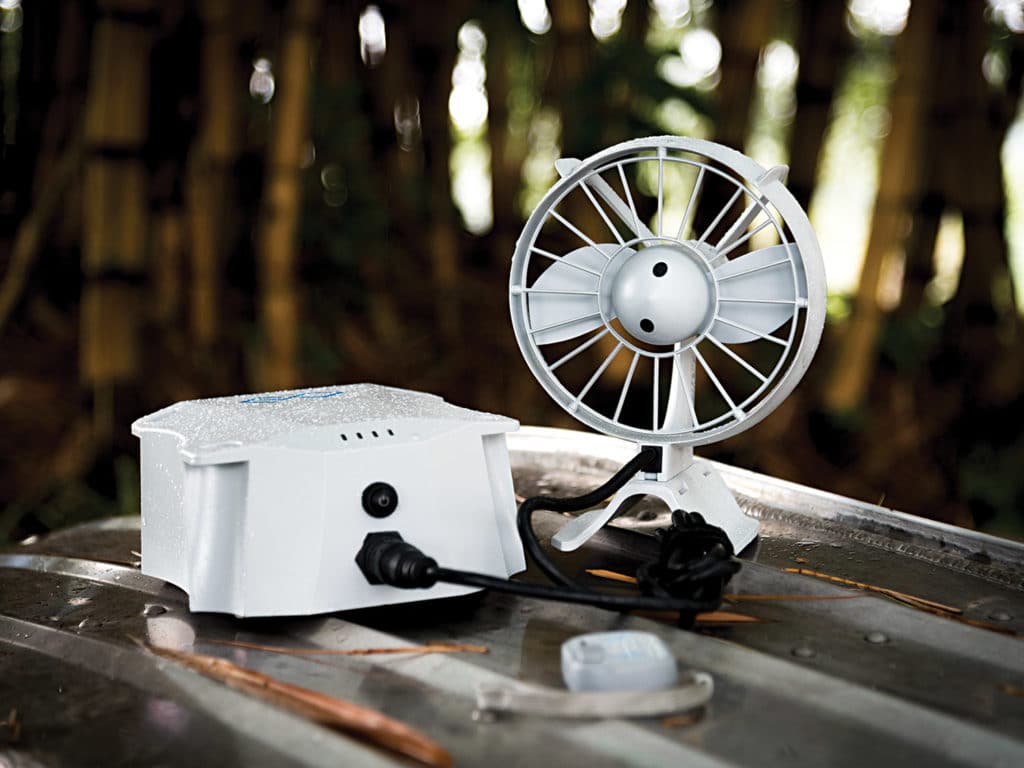
When fully charged, the Vaquita’s IP67 water-resistant battery pack delivers 70 minutes of open-throttle fun, or it can spin the system’s propeller for five hours if users cut the speed by a half. The sub-9-pound system includes a wireless, eight-speed throttle control that comes fitted with a handy elastic wristband. The battery pack includes four LED lights that serve as the system’s charge indicator. Additionally, the battery pack is equipped with motion sensors that stop the propeller if they detect a user has fallen off of their SUP or out of a canoe or kayak.
Attaching the Vaquita to a variety of test boats was a snap, and it delivered smooth, almost-silent power that no doubt raised some eyebrows when onlookers noticed a fast-moving kayak without any paddle action.
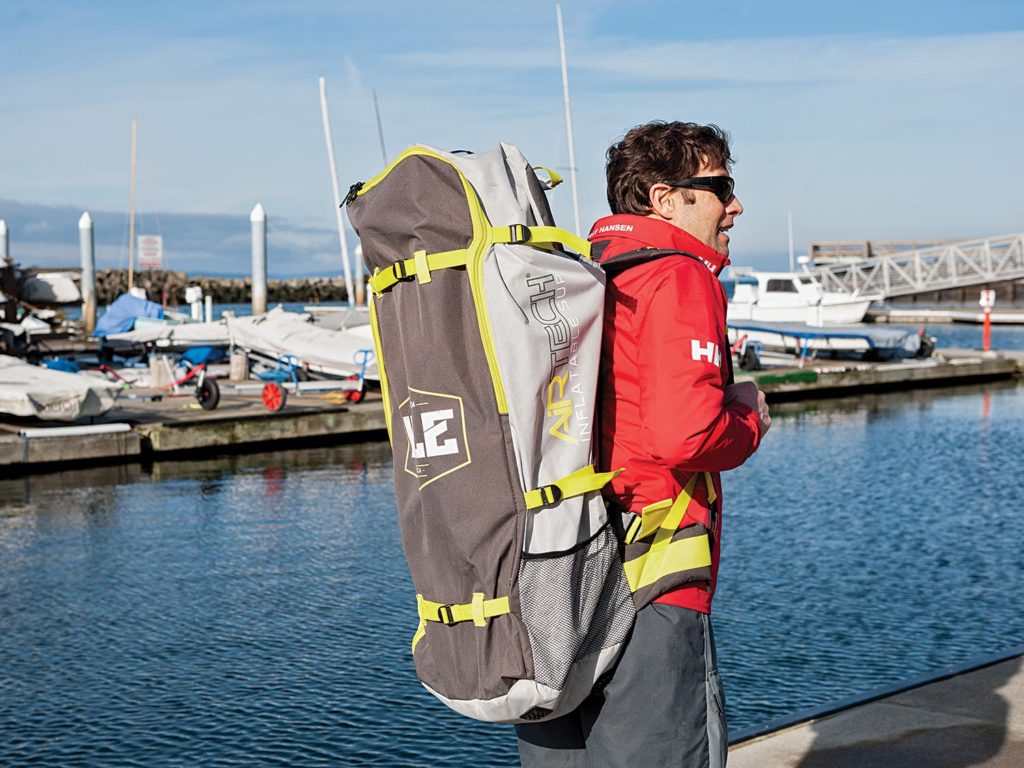
Paddle, Pedal and Sail
When it comes to having fun in the water, Hobie, the legendary brand started by surfer and sailor Hobie Altar, knows a thing or two about generating good times. The firm introduced the first production-line catamaran in 1968, but more recently the California-based company has turned its attention to pedalboards, inflatable kayaks and inflatable SUPs.
Amongst its many innovations, Hobie created the pedal-powered MirageDrive for its line of roto-molded kayaks in 1997, but much more recently Hobie’s designers took the same concept of pedal-driven locomotion and applied it to SUPs, creating the world’s first pedalboard. The Mirage Eclipse ACX 10 is a 10-foot SUP that’s built using Hobie’s advanced composite epoxy (ACX) and features a MirageDrive, a rudder and an adjustable-height aluminum handlebar. To operate, users step on the MirageDrive’s pedals — think Stairmaster — to move forward, and then use the handlebar’s bike-brakelike hand levers to steer. (Squeeze the right-hand grip and the board turns right.) The Mirage Eclipse ACX 10 delivers a stable, sporty and easy-to-control ride thanks to its ample beam and efficient underwater appendages. Also, the Mirage Eclipse ACX 10 is easily disassembled, allowing users to stow the drive, rudder and handlebars belowdecks while the board is strapped to the lifelines for passages.
I found the pedalboard delivered crisp acceleration while providing a fun, full-body workout. I mastered the boat-handling maneuvers in just a few minutes — however, I’d add that warm waters would be a plus during this learning curve.
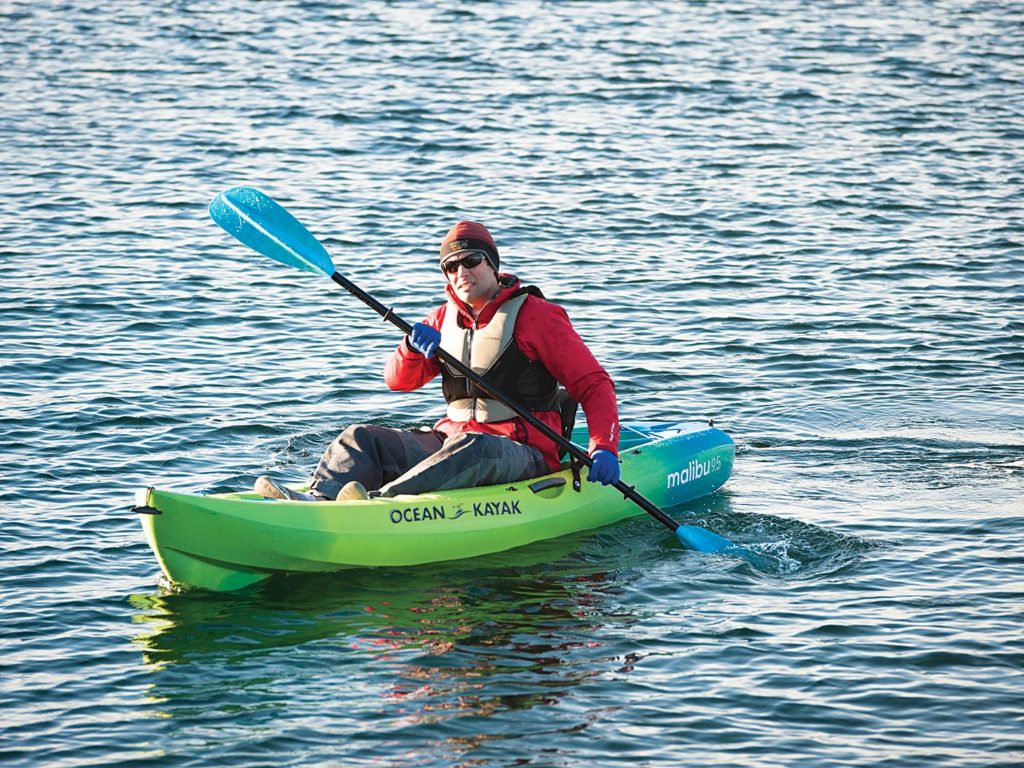
Alternatively, for anyone who doesn’t have the space to accommodate a rigid 10-foot board, Hobie’s Adventure SUP is inflatable, and when not in use, can be stowed in its accompanying roller bag. Once the anchor is set, a paddler can inflate the 10-foot-6-inch board on deck using the included pump. In the water, the Adventure is propelled and steered using its three-piece paddle, which also disassembles when not in use. The Adventure weighs in at 28 pounds.
While I’ll admit that I don’t spend much time on SUPs, the board I tried delivered a user-friendly experience that inspired confidence — a plus since I was testing all these water toys on Puget Sound’s not-so-warm waters in decidedly the wrong season.
For anyone who’s more interested in touring than paddling, Hobie’s Mirage i9S Inflatable Kayak, which is pedal-driven, offers a fantastic way of exploring quiet anchorages without consuming a lot of onboard storage area. The i9S features durable PVC hull construction that when inflated is quite rigid and a reinforced undercarriage that encourages users to explore craggy inlets. The kayak includes a pedal-powered MirageDrive 180. The seating is comfortable, and the boat can be steered by either left- or right-hand fingertip controls. The i9S comes with a four-piece paddle, but users can also opt for Hobie’s Electric Motor Kit or the Mirage Sail Kit, which includes a collapsible, two-piece mast and a boomless mainsail with diagonal battens for extra roach. The rig is supported by removable shrouds. Finally, for anyone seeking extra waterline, Hobie also makes the i11S, i12S and the two-person i14T.
While I tested the slightly larger i11S, rather than the smaller, more limited-space-friendly model, I can report that the kayak delivered some of the biggest grins of all the toys I tried, thanks to its clever design, solid build and snappy on-the-water performance.
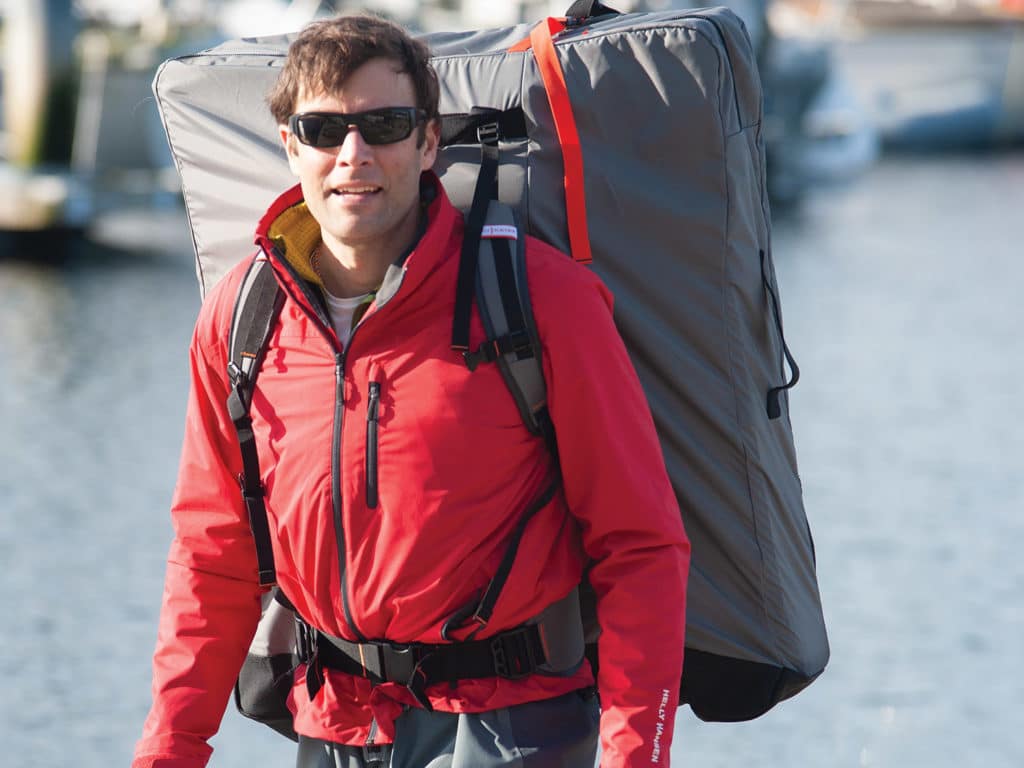
An Ocean Explorer
Rider-owned and operated since its nascent steps in 2004, San Diego-based Isle Surf and SUP builds a variety of surfboards and SUPs, including a selection of cruising-friendly inflatable boards that fold away small but deliver big fun once inflated.
The Isle Explorer Inflatable is available with either an 11- or 12-foot waterline and is built out of PVC with a military-grade outer skin using the company’s proprietary Airtech Fusion Lite drop-stitch process, which yields lightweight (22 pounds and 24 pounds, respectively), go-anywhere boards. Both Explorer models carry 32 inches of beam and are 6 inches thick. The smaller board can carry 275 pounds, the larger one, 300 pounds. Two sets of bungee attachments accommodate coolers, duffels or boat bags; additional D-Rings on the board’s center rails allow users to secure additional gear. Both Explorer models feature nose and tail grab handles, a center grab handle (which sits flush with the deck when not in use), and soft-brushed traction pads that deliver solid, nonabrasive footing. Finally, a snap-in fin helps provide tracking. The boards come standard with a three-piece paddle featuring a carbon-fiber, adjustable-length shaft and nylon blades.
Once inflated, the Isle Explorer is easy to singlehandedly carry and launch or retrieve from docks, beaches or swim ladders. I found that the Explorer provided a stable and forgiving platform. The board’s foam padding on top was comfortable and offered great traction.
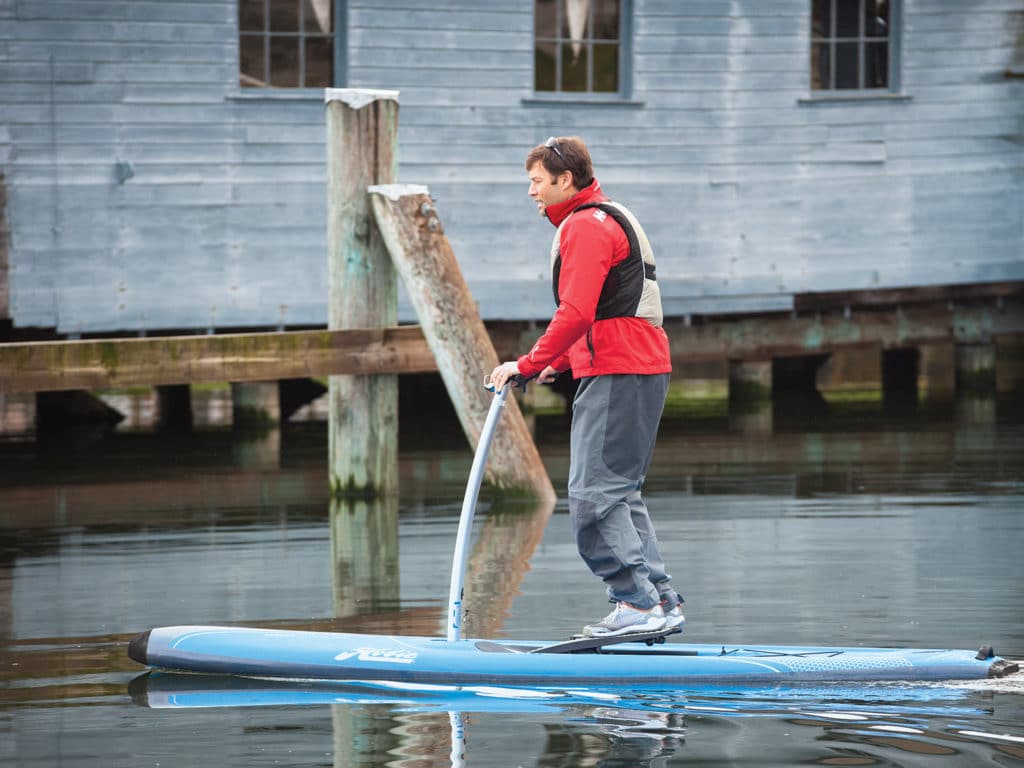
Surf It
Depending on the size of your sailboat and the amount of available deck or stowage space, carrying a hard-sided kayak could be the smart move if you’re seeking something virtually unsinkable for the kids in your crew.
Ocean Kayak’s Malibu 9.5 features a roto-molded polyethylene hull that, as its moniker implies, measures 9 feet, 6 inches. It carries a beam of 2 feet, 9 inches and weighs in at 50 pounds. The single-person, sit-on-top boat has a molded-in seat, seat pad and backrest, and it sports molded-in footwells and calf rests that accommodate kayakers of different heights. The 9.5’s bow and stern sections provide bungee-cord-reinforced stowage, as well as toggle handles for portaging or lifting the kayak aboard. The hull was designed to track straight but also can play in the surf. Its sturdy construction and positive buoyancy inspire parental confidence. Additional deck features include molded-in paddle rests, three molded-in cup holders, molded-in side handles and a stern-fitted YakLock bar that provides a hard point for securing the boat on deck or ashore. Finally, a small center hatch provides dry stowage for cash or cards.
If you’re cruising aboard a catamaran or otherwise have the deck space to accommodate a roto-molded kayak, the Malibu 9.5 delivered a stable, predictable ride, both through flat water and small chop, and was surprisingly dry, given its sit-on-top nature.
Fold It
Crossbreed paddling and origami and you get Oru Kayak, an Emeryville, California-based company that believes that great kayaks come in small, travel-friendly packages that can fit aboard even modest pocket cruisers.
Oru’s 12-foot Beach LT is built out of double-layered, custom-extruded 5-millimeter polypropylene that folds into a self-contained package that measures 33-by-12-by-29 inches and weighs 26 pounds. The company says the boat is manufacturer-rated to deliver 20,000 fold cycles.
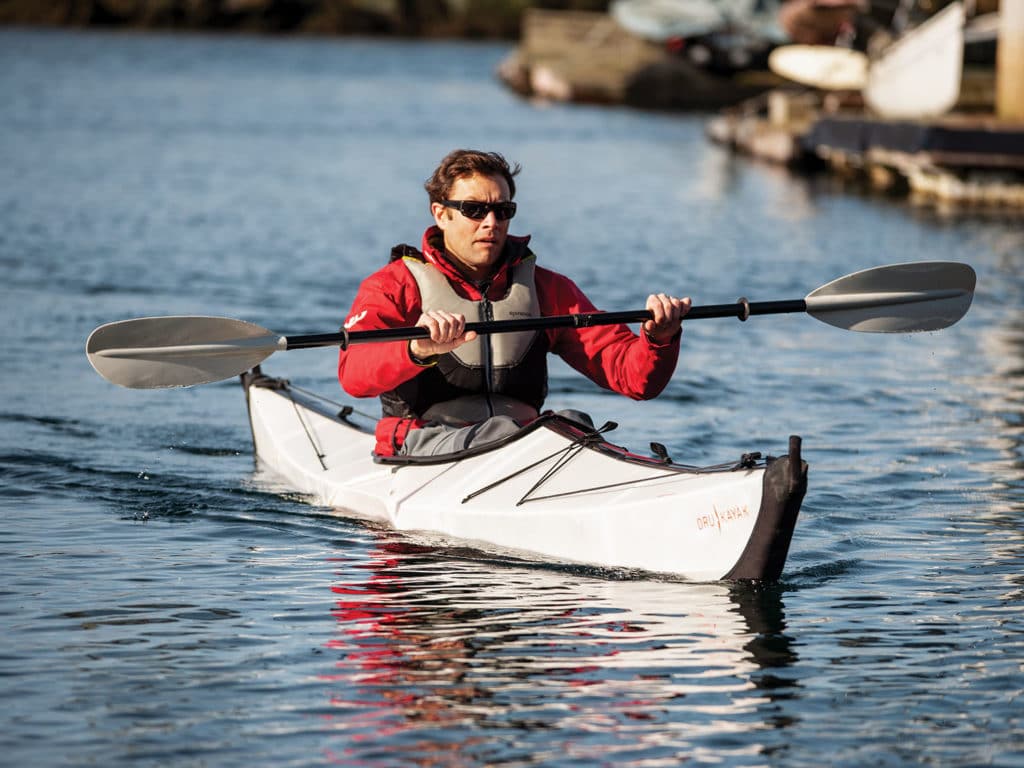
The Beach LT has an open cockpit that’s ideally suited to recreational-level kayakers who are keen on plying quiet harbors and anchorages. If it were my boat, I’d tend to avoid serious chop or waves. The LT can be assembled on deck in minutes. The Beach LT’s 62-by-22-inch cockpit also makes it easy to board or debark the kayak from a dock or swim platform. With a payload capacity of 300 pounds, the Beach LT will accommodate, say, an adult and a small child or midsize pet, or an adult and a lot of provisions. While aimed at beginners, the Beach LT is a lightweight shell that more advanced paddlers will also appreciate.
While I tested a sistership, Oru’s Bay ST, I’d say both kayaks share the same snappy acceleration, responsive maneuvering and quality construction, and both can be set up in just minutes, once a user has gained a bit of experience.
Fly It
Brothers Jeff and Tony Logosz founded Slingshot in 1999 with the aim of discovering what happens when the path less traveled is explored with the help of some kite-assisted acceleration. Since then, the brothers Logosz have helped to shape the sport of kiteboarding while also determining what equipment works — and what doesn’t — on one of the windiest patches of water in the Lower 48: Oregon’s Columbia River Gorge.
While kiteboarding equipment is largely conditions-dependent, that is, less air or more bodyweight requires more cloth, Slingshot’s Misfit is a twin-tipped board that’s proven itself proficient in a wide-variety of conditions, making it an ideal one-board solution.
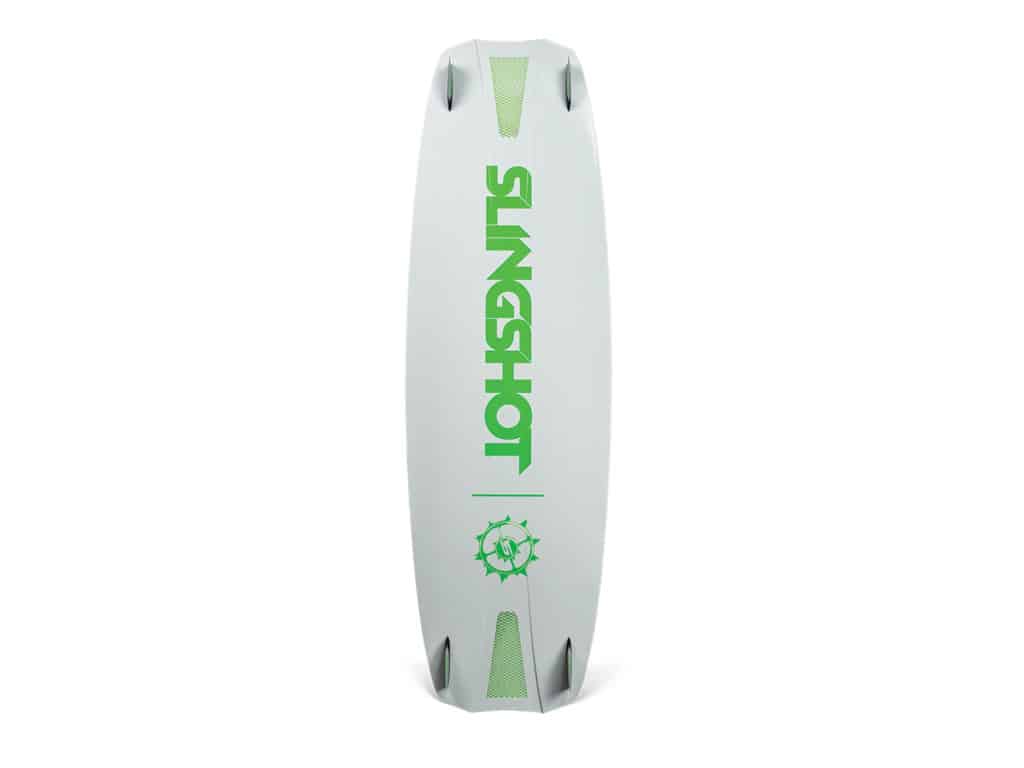
For the record, I am not a kitesurfer, but this board comes highly recommended by friends who are. The Misfit’s undercarriage features a rocker profile that efficiently sails to weather, encourages smooth transitions and capably cuts through chop. Its composite Koroyd-and-wood core keeps weight to a minimum. Misfits are available in three lengths: 136, 142 and 146 centimeters, with larger and heavier riders opting for longer waterlines.
For airfoils, Slingshot’s Rally-series kites are available in nine sizes, ranging from 5 to 14 square meters. These cover the full wind range. Given that cruisers have limited space, Slingshot recommends carrying two sails, the 9- and 12-square-meter Rally kites. The larger one will work well on sub-20-knot days, the smaller will serve well on windier days.
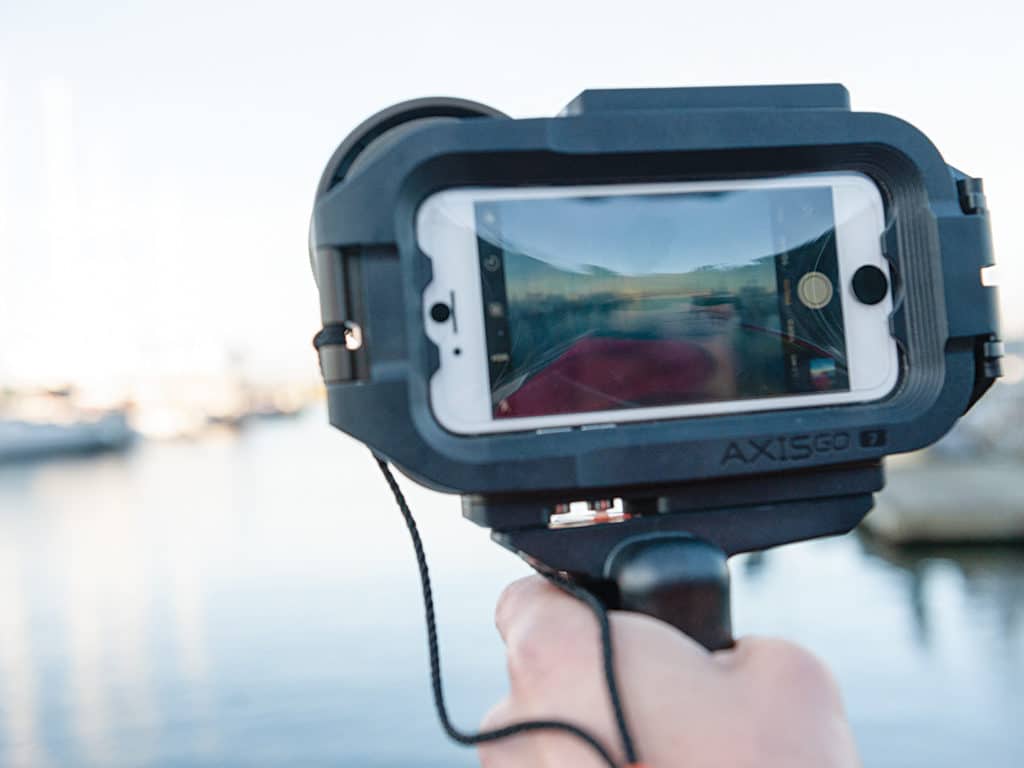
Underwater Images
AquaTech’s AxisGO underwater housings for iPhones allow users to take their smartphone down to depths of 33 feet. And even in very wet conditions, they can enjoy full use of apps, camera, and data and voice communications, assuming there is connectivity in the anchorage, of course. AxisGO housings are built out of aluminum and polycarbonate and include a touchscreen membrane that enables users to operate the phone’s touchscreen interface while wet or underwater. Housings are available for iPhone 7/8, 7/8 Plus and XS/X models. The housings also accept the company’s line of specialty lenses, and there is an optional pistol grip that simplifies operations and provides for greater stability when shooting.
While Puget Sound’s brine is far too murky for me to properly test the AxisGO underwater, its protective case worked perfectly on deck, and its pistol grip gave me lots of control when composing everything from serious pictures to silly-minded selfies.
One More, For Good Measure
While looking at gear I wouldn’t mind having aboard the boat this summer, one piece of kit caught my eye, but because it’s not yet in production, I wasn’t able to give this one a hands-on try. While underwater autonomous vehicles have existed for some time, most are expensive systems aimed at commercial work or scientific discovery. A new entry, though, changes the cost equation. Hong Kong-based Navatics has combined its expertise in robotics with underwater know-how to create a stable, reportedly easy-to-operate underwater drone that weighs just 7.6 pounds and is designed to fit in a carry-on-size bag, making it an ideal underwater toy.
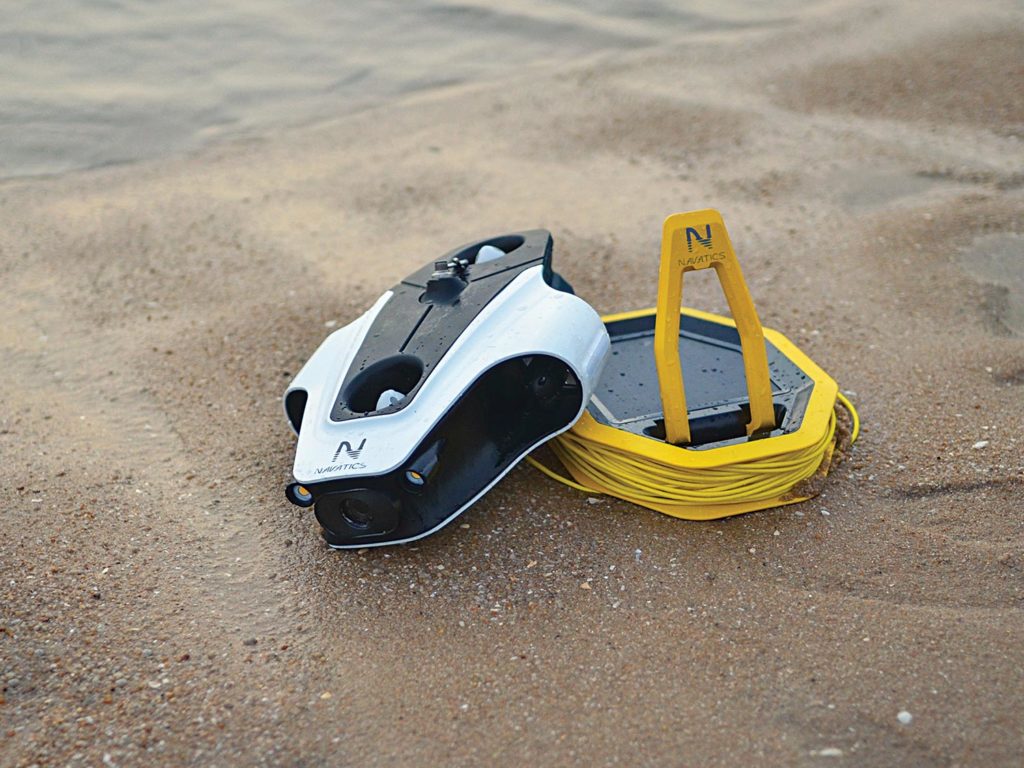
Navatics’ MITO underwater UAV uses four thrusters and a proprietary four-axis stabilization algorithm to create a platform for capturing video or still photography, which is either recorded locally or streamed live via a 165-foot floating tether that runs to a buoy with a wireless transmission system. This system in turn talks to an operator-held controller at distances of up to 1,640 feet and delivers live 1080-HD video streaming onto the user’s Android- and iOS-compatible smart device. Either 4K video imagery or 12-megapixel still photography can be recorded onto MITO’s 64GB Micro SD card. MITO comes with an easily swapped-out battery that delivers at least two hours of burn time; dual 1,000 lumen LED lights; and the ability to operate at speeds up to 3.8 knots and depths down to 135 feet.
David Schmidt is CW’s electronics editor.
Vendor Information
Aquatech: 714-968-6946; from $200
ePropulsion: from $1,100
Hobie: 760-758-9100; from $800
Isle: 888-569-7873; from $850
Navatics: from $1,500
Ocean Kayak: 262-631-6600; from $550
Oru: 415-630-3717; from $1,300
Slingshot: 877-775-4832; from $4320








